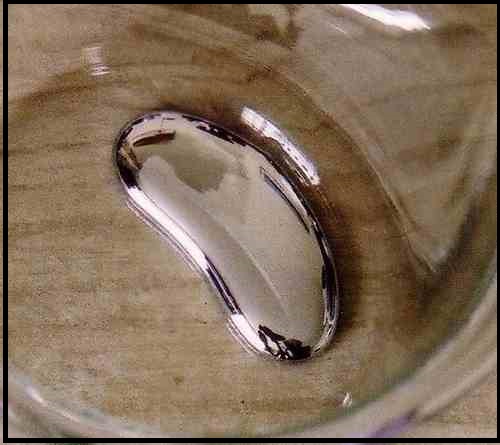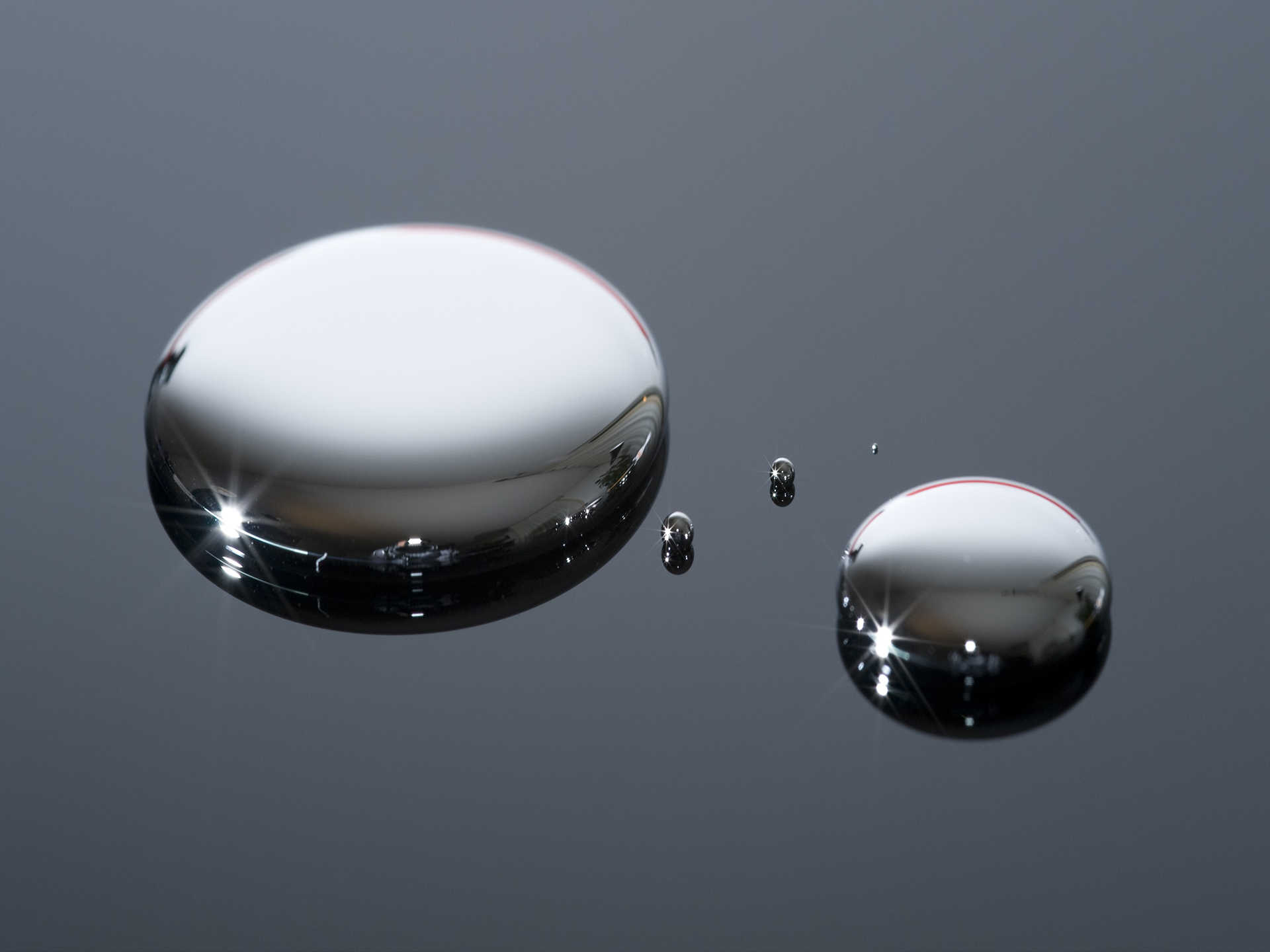

Indian Journal of Occupational and Environmental Medicine, 14(2), 45–48. Mary Elvira Weeks, The discovery of the elements. There are 34 isotopes of mercury (mass number from 175-208). Traces of methyl mercury contamination have been reported in fish tissues. Ultimately, it finds it way to the bottom of water bodies, and is transformed into methyl mercury, which is the more toxic organic form. Once released into the air, mercury gets widely dispersed and remain accumulated in the environment. Toxicity of mercury is primarily caused by inhalation of the vapors, followed by ingestion of soluble compounds, or dermal absorption of mercury.

Mercury is a silver-white dense metal with a mirror like appearance. Some other natural alloys of mercury have also been found, including potarite (with palladium) gold amalgam and moschellandsbergite (with silver), but these are extremely rare. Mercury is often obtained as a by-product during the process of gold mining. Around 2/3 rd of supply of mercury in the world comes from China, and Chile and Kyrgyzstan make up the rest. Eruption of volcanoes can lead to 4-6 times increase in the atmospheric presence of volcanoes. Naturally, mercury is present near hot springs and volcanoes in isolated drops or in larger fluid masses. Mercury is rarely present in free, pure form and its principally present in the form of the red sulfide, termed as cinnabar (HgS). It is present in crust of the Earth on an average of 0.08 gram, making 0.003 ounce per ton of the rock. The occurrence of mercury is not very common. The metallic properties of mercury were discovered by Adam Braun and Mikhail Lomonosov (1759), who successfully froze a mercury thermometer. Mercury was greatly popular, especially in Chinese traditional medicine, due to its unique solid-liquid nature. In the 6 th century, alchemists changed its name after the fast-moving Roman god, Mercury, with the symbol Hg (from its initial name Hydro-argyros).

Initially, it was referred to as the water-silver or the liquid -silver (originated from the Greek term hydro-argyros used by Aristotle) and later Romans changed its name to Hydragyrum. Mercury can be rightly considered as one of the elements with most ancient existence, and its discovery dates back to around 1500 B.C. It is commonly known as quicksilver and was formerly named hydrargyrum Discovery and History Mercury is a chemical element with symbol Hg and atomic number 80.


 0 kommentar(er)
0 kommentar(er)
